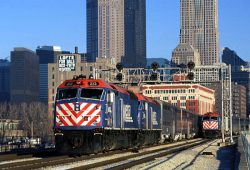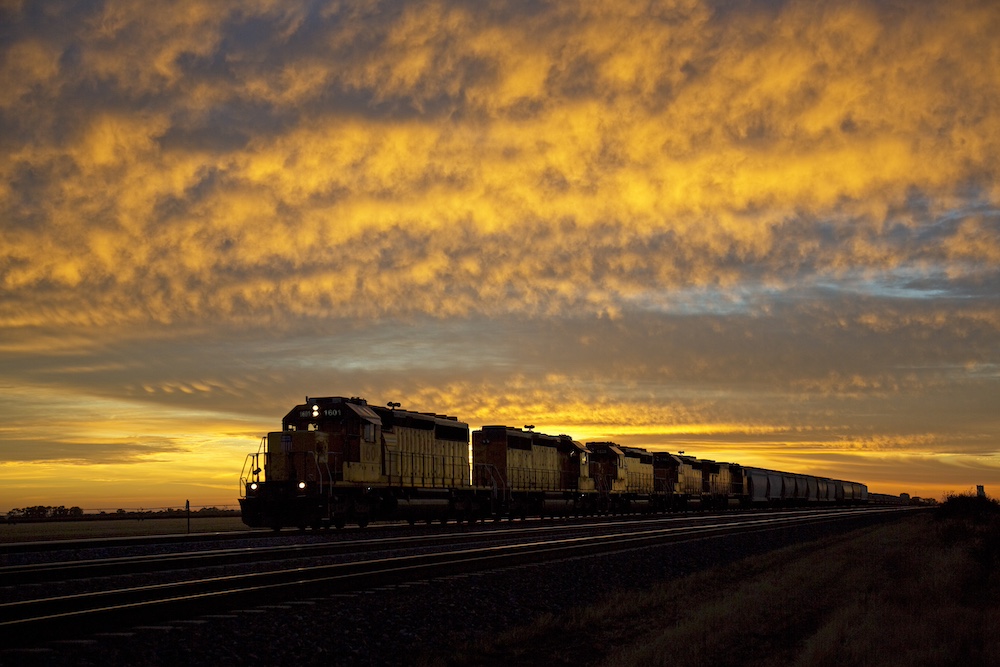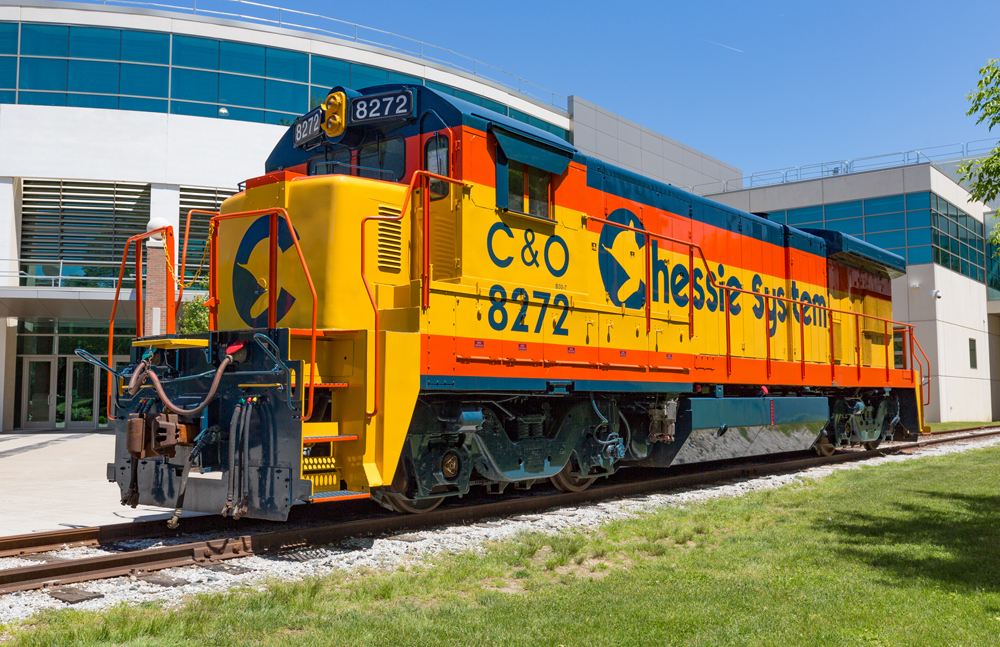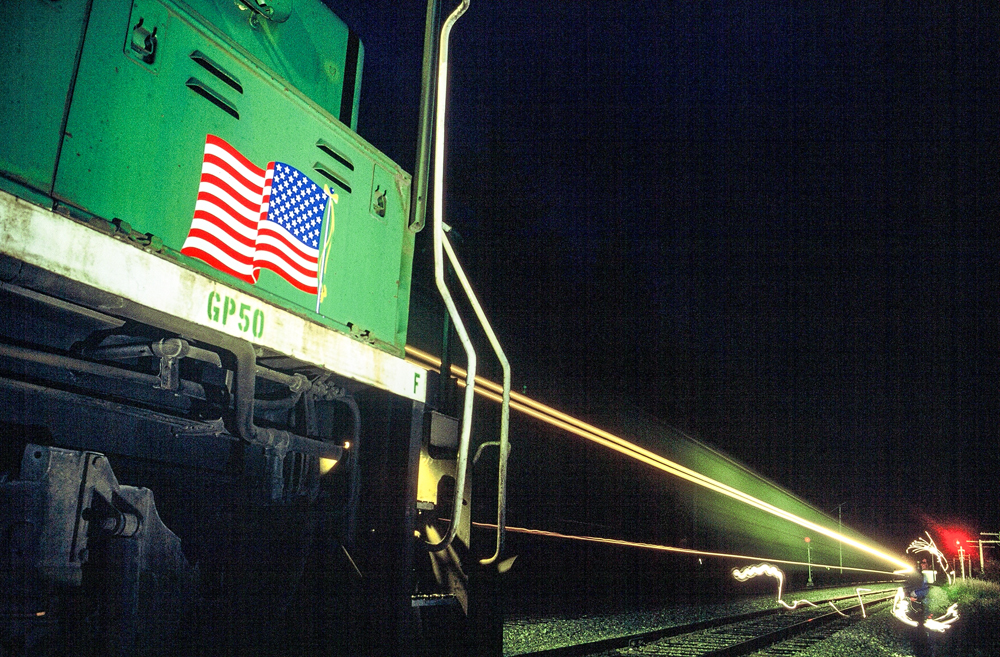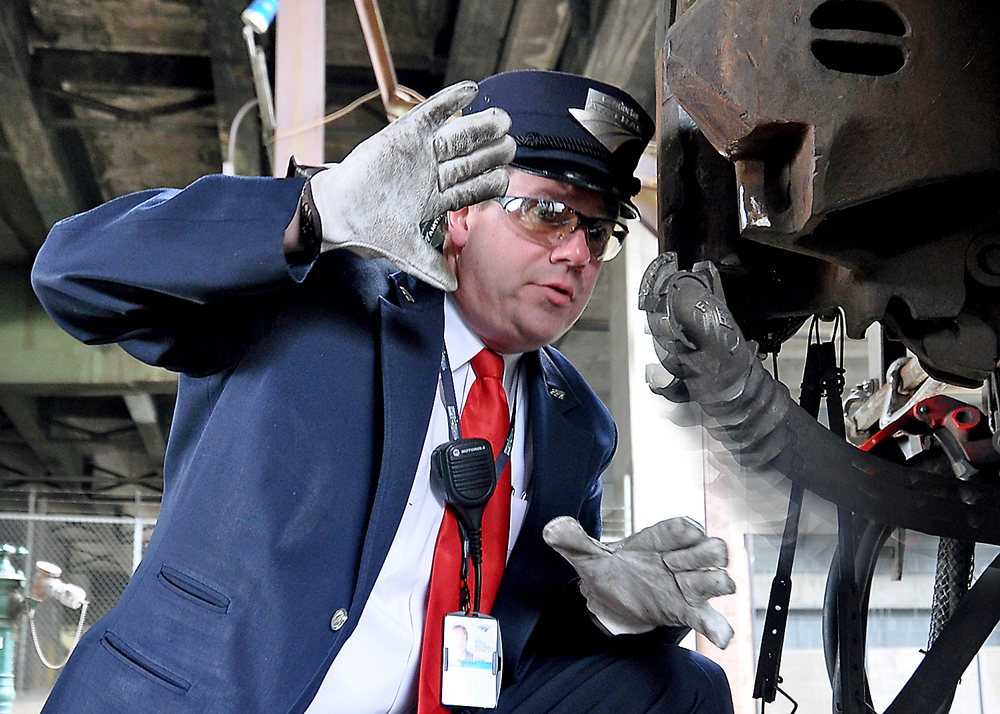But while Chicago is a thoroughly modern metropolis, the city – and its railroads – carry their past with them every day.
Metra, Chicago’s popular, wide-reaching commuter railroad, is no exception, as TRAINS Magazine explained in July 1993.
To most rail commuters, what they ride is simply “the train.” But around Chicago, railroaders – and maybe even some veteran riders – know many services by nicknames.
On Burlington Northern Santa Fe, trains are “dinkies”; on Union Pacific and the former Milwaukee road lines, they’re called “scoots.” The former GM&O train, now three each way as Metra’s Heritage Corridor, was “the plug”; and the former Pennsy service to Valparaiso, Ind., which continued under Amtrak until 1991, was “the dummy.” On the Illinois Central, now Metra Electric, historically they were “suburban” trains, not “commuter.”
Railroad commuters are creatures of habit, so train schedules, and therefore timetables, are changed as infrequently as possible. When changes do occur that necessitate a new timetable, they typically show an increase in train frequency, addition of new stations, or an improvement in service.
The Metra timetables, while all of the same design, each are in a distinctive color. We bet most Metra riders and employees don’t know that each color has a name.
The historical relevance of colors is obvious to many rail enthusiasts, which is logical given that Kevin McKinney and Mike Schafer designed the folders. Both are well-known passenger rail advocates and veterans of the magazine Passenger Train Journal. McKinney founded it in 1968 and published it until 1987, and Schafer edited it 1983-1990. Schafer selected and named the colors, and he and McKinney chose the typography.
The colors for Metra’s timetables are:
Union Pacific North Line: “Flambeau Green”
Union Pacific Northwest Line: “Viking Yellow”
Union Pacific West: “Kate Shelley Rose”
Milwaukee District North: “Hiawatha Orange”
Milwaukee District West: “Arrow Yellow”
BNSF Railway: “Kelly Green”
Heritage Corridor: “Alton Maroon”
SouthWest Service: “Banner Blue”
Rock Island District: “Rocket Red”
Metra Electric: “Panama Orange.”
Schafer served as editorial and art director for Andover Junction Publications, whose book, Chicago’s Commuter Railroads, a Guide to the Metra System, by Chicago transit expert Richard Kunz, was published in 1996. Befitting Schafer’s connection, each Metra line’s chapter is illustrated by its timetable.
Counting Metra ridership is not as easy as it might seem. There are 150,000 people who ride Metra twice a day, but some 250,000 say they are regular riders. What’s the difference? “Non-daily regulars,” explained Chris Knapton, Metra’s now-retired, savvy director of media relations.
“The 10-ride ticket is the key. A broker part-time in New York, or salesman or executives who come downtown for meeting but not every day, make use of the 10-ride ticket. We net more from the 10-ride tickets than from people who buy more than one a month. Dollars aren’t the important thing to these people, and they are happier knowing they’re using their 10-rides than not knowing how much they don’t use on a monthly.”
As many train-watchers know, Metra’s $5 weekend pass is one of the great railfan bargains, and Metra is pleased with it. Says Knapton: “Our thinking on weekend service changed since we instituted the weekend pass $5 ticket. We were hauling around empty cars, so we thought why not put people in them?”
Two Chicago commuter operations, remnants of the pre-expressway era, did not make it into the Metra era. New York Central’s local to Elkhart, Ind., came off March 31, 1964, and Chicago & Western Indiana’s service to Dolton, Ill., just beyond the city limits quit August 28 of the same year.
It didn’t get electrified, but Illinois Central also had an almost-forgotten suburban operation west, to Addison, 21 miles out and at the end of a 1.8-mile spur off the main line. This main was IC’s Chicago, Madison & Northern line, built eastward from Freeport, Ill., later known as the Iowa Division and now part of Canadian National. This IC commuter service began in 1891 and operated until the Great Depression killed it in the early 1930s.





